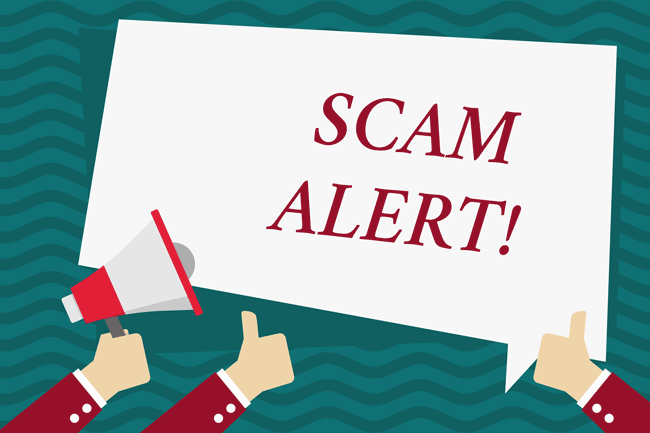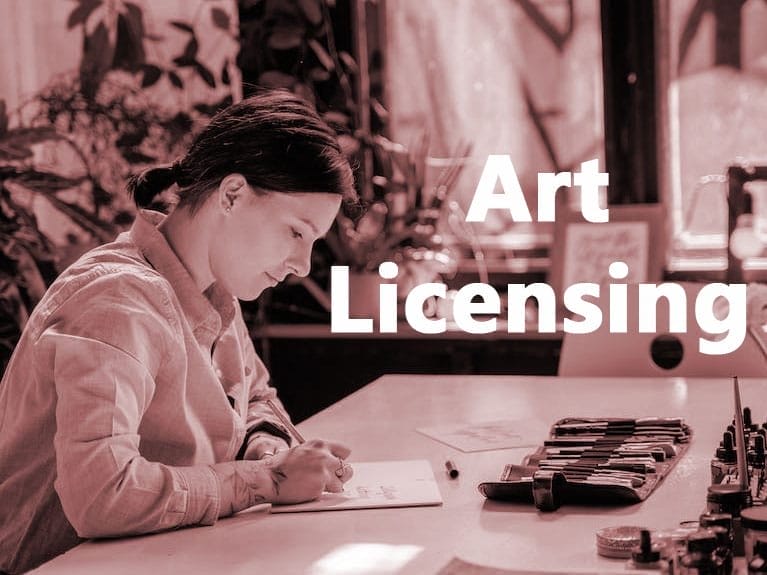
Unfortunately, the growth of online art sales has also led to a rise in online art scams. Scammers have found ways to exploit the online art market, targeting both artists and buyers.
These scams can result in financial losses, damage to an artist’s reputation, and even theft of their artwork.
As an artist selling your work online, it’s essential to be aware of the potential risks and take steps to protect yourself from scams. By understanding the common types of scams, recognizing red flags, and implementing safe practices, you can minimize the chances of falling victim to these fraudulent schemes. In this article, we’ll explore various strategies and tips to help you avoid online art scams and ensure a safe and successful online art business.
1. Understanding Common Types of Online Art Scams
As an artist, it’s essential to familiarize yourself with the various types of online art scams to better protect yourself and your work. In this section, we’ll delve into some of the most common scams that target artists, providing details and examples to help you recognize and avoid these fraudulent schemes. By understanding how these scams operate, you’ll be better equipped to safeguard your online art business and minimize the risk of falling victim to these malicious tactics.
Payment fraud
Payment fraud is a common scam in which the buyer uses stolen credit card information or fake checks to pay for the artwork. In some cases, the scammer may overpay for the piece and ask the artist to refund the difference, only for the original payment to be reversed later. For example, a scammer might purchase a painting for $1,000 but send a check for $2,000, asking the artist to refund the extra $1,000. Once the artist sends the refund, the scammer’s original check bounces, leaving the artist out of both the artwork and the $1,000 refund.
Phishing scams
Phishing scams involve scammers posing as potential buyers or art organizations to trick artists into revealing sensitive information, such as login credentials or financial details. For instance, an artist might receive an email that appears to be from a well-known art platform, asking them to log in and update their payment information. The email contains a link to a fake website designed to look like the real platform, and when the artist enters their login details, the scammer gains access to their account.
Fake art buyers and collectors
In this scam, fraudsters pretend to be interested buyers or collectors who express enthusiasm for purchasing an artist’s work. They may engage in lengthy email exchanges and even negotiate prices, only to disappear once the artist has invested time and effort into the transaction. Some scammers may also use this tactic to gather personal information about the artist, which they can use for identity theft or other malicious purposes.
Fraudulent art galleries or agents
Scammers may pose as art galleries or agents, offering to represent an artist or sell their work for a fee. These fake galleries or agents often have professional-looking websites and may even use the names of real galleries or agents to appear legitimate. However, once the artist pays the fee, the scammer provides little to no actual service and may even steal the artist’s work to sell elsewhere.
Copyright infringement and art theft
Art theft can occur when scammers steal an artist’s work and reproduce it without permission, selling the copies as originals or prints. This can result in lost sales and damage to the artist’s reputation. Scammers may find an artist’s work through their website or social media accounts and use sophisticated software to remove watermarks or other protective measures.
Escrow scams
In an escrow scam, a scammer poses as a buyer and suggests using an escrow service to hold the payment until the artwork is delivered. However, the escrow service is fake, and once the artist ships the artwork, the scammer disappears with both the art and the payment. In some cases, the scammer may even pose as the escrow service themselves, sending the artist fake emails to make the transaction appear legitimate.
2. Recognizing Red Flags
Being able to spot the warning signs of a potential scam is crucial in protecting yourself and your art business. Here are some common red flags to watch out for when dealing with potential buyers, galleries, or agents online:
3. Protecting Your Online Presence
Taking proactive steps to secure your online presence can help prevent scams and protect your artwork from theft.
Setting up a secure website
Ensure that your website is secure by using a reputable web hosting service and installing an SSL certificate, which encrypts data transferred between your site and its visitors. This can help protect both your personal information and that of your customers. Additionally, keep your website software and plugins up-to-date to minimize the risk of security vulnerabilities.
Protecting your personal information
Be cautious about the personal information you share online, particularly on social media and your website. Avoid sharing your home address, phone number, or other sensitive details that could be used by scammers to target you or steal your identity. Consider using a separate email address and phone number specifically for your art business to maintain a layer of privacy.
Using watermarking and image protection techniques
To help prevent art theft and copyright infringement, consider using watermarking techniques to add a visible or invisible mark to your digital images. This can deter scammers from stealing your work and make it easier to prove ownership if your art is used without permission. Additionally, disable right-clicking on your website to make it more difficult for visitors to download your images.
Monitoring for unauthorized use of your artwork
Regularly search for your artwork online using reverse image search tools, such as Google Images or TinEye, to check for unauthorized use or reproduction. If you discover your work being used without permission, take action by contacting the infringing party and requesting that they remove the content or provide proper attribution. In some cases, you may need to consult with a lawyer to protect your intellectual property rights.
4. Safe Online Payment and Shipping Practices
Implementing secure payment and shipping practices can help protect both you and your buyers from potential scams and ensure a smooth transaction process. Here are some tips for managing payments and shipping your artwork safely:
5. Responding to Potential Scams
If you suspect that you’ve encountered a scam or have fallen victim to one, it’s important to take action to protect yourself and help prevent others from being targeted. Here are some steps to consider when dealing with potential scams:
Reporting scams to relevant authorities
If you believe you’ve been targeted by a scam, report the incident to the appropriate authorities, such as your local police department, the Federal Trade Commission (FTC), or the Internet Crime Complaint Center (IC3). By reporting scams, you can help raise awareness and contribute to the efforts to combat online fraud.
Inform your fellow artists and the art community about your experience with scams by sharing your story on social media, art forums, or in local artist groups. This can help raise awareness about the tactics used by scammers and provide valuable information to help others avoid falling victim to similar schemes.
Blocking and reporting suspicious accounts
If you receive suspicious messages or encounter fake accounts on social media or art platforms, block and report them to the platform administrators. This can help prevent the scammers from targeting other artists and potentially lead to the removal of the fraudulent accounts.
If you discover that your artwork has been stolen or used without permission, take action to protect your intellectual property rights. This may involve contacting the infringing party and requesting that they remove the content or provide proper attribution, or consulting with a lawyer to explore your legal options. By actively defending your intellectual property, you can help deter potential art thieves and protect your reputation as an artist.
External Resources
Here is a list of external resources that can provide valuable information and support on the topic of avoiding online art scams:
- Federal Trade Commission (FTC) – Scam Alerts: The FTC provides up-to-date information on various types of scams, including those targeting artists, and offers advice on how to recognize and avoid them.
- Internet Crime Complaint Center (IC3): The IC3 is a partnership between the FBI and the National White Collar Crime Center, which allows victims of internet crime to report incidents and provides resources for prevention and education.
- Artists Rights Society (ARS): The ARS is a membership organization that helps protect the intellectual property rights of artists and provides resources on copyright and licensing issues.
- Art Scammers Exposed: This Facebook group is dedicated to sharing information about art scams and helping artists avoid falling victim to fraudulent schemes.
- Art Law Journal: The Art Law Journal provides articles and resources on various legal issues related to the art world, including copyright, contracts, and online art sales.
- Professional Artist Magazine: This magazine offers articles and resources on various aspects of the art business, including tips for selling art online and protecting yourself from scams.
- SaferArt: SaferArt is a nonprofit organization that provides resources and support for artists to help them protect their work and avoid scams.






